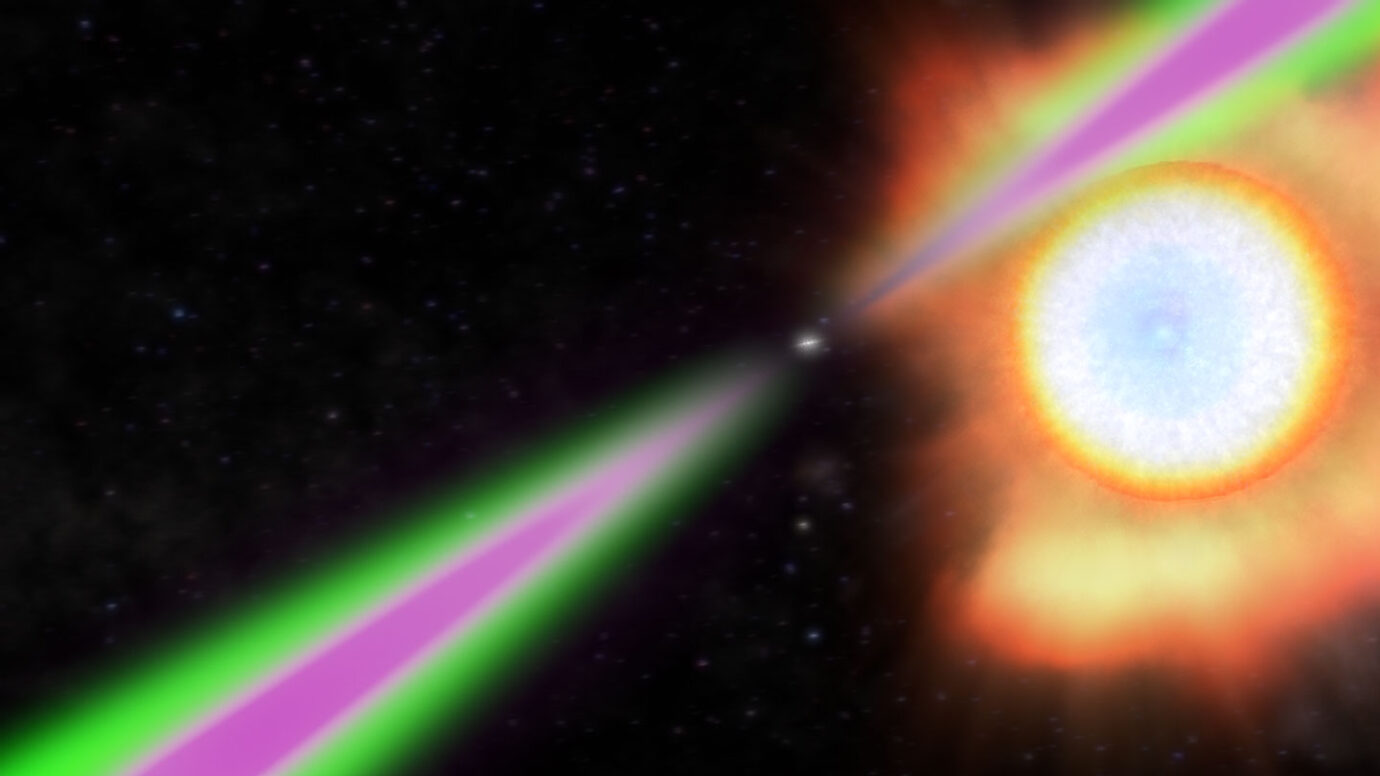Neutron stars are fairly compact objects. Their mass is often close to 1.4 solar and very rarely exceeds this figure. But recently a neutron star was discovered, which turned out to be the most massive in the Universe. PSR J0952-0607 weighs about 2.35 times more than the Sun, the researchers report in the article arXiv.org.

“This is the heaviest neutron star that astronomers have ever seen,” says study co-author Roger Romani, an astrophysicist at Stanford University.
The previous record holder was PSR J0740+6620 in the constellation Camelopardalis. This star is 2.08 times more massive than the Sun. Astronomers are attracted to such objects because they exist on the verge of collapse. If a neutron star becomes too massive, it collapses under its weight and becomes a black hole. The observation of huge neutron stars is interesting because no one knows the exact mass limit between neutron stars and black holes.
PSR J0952-0607 is located in the constellation Sextans. It is located 20 thousand light-years from Earth, high above the plane of the galaxy in the halo of the Milky Way. A neutron star emits a pulse of radio waves to us whenever it rotates, which is why astronomers also classify the object as a pulsar. It was first recorded in 2017 and measured that the star rotates every 1.41 milliseconds, therefore it is one of the fastest known similar objects. Such a rapid rotation attracted the attention of researchers. Astronomers suspected that the pulsar could be very heavy.
PSR J0952-0607 has a companion star that orbits the pulsar at a speed of 380 km/s and makes a complete revolution around it in 6.5 hours. A neutron star actively absorbs matter from its moon, which accelerates its rotation and also increases its mass. Perhaps in the future the pulsar will become so heavy that it will not withstand its own mass and collapse into a black hole.
Follow us on Twitter to get the most interesting space news in time
https://twitter.com/ust_magazine

